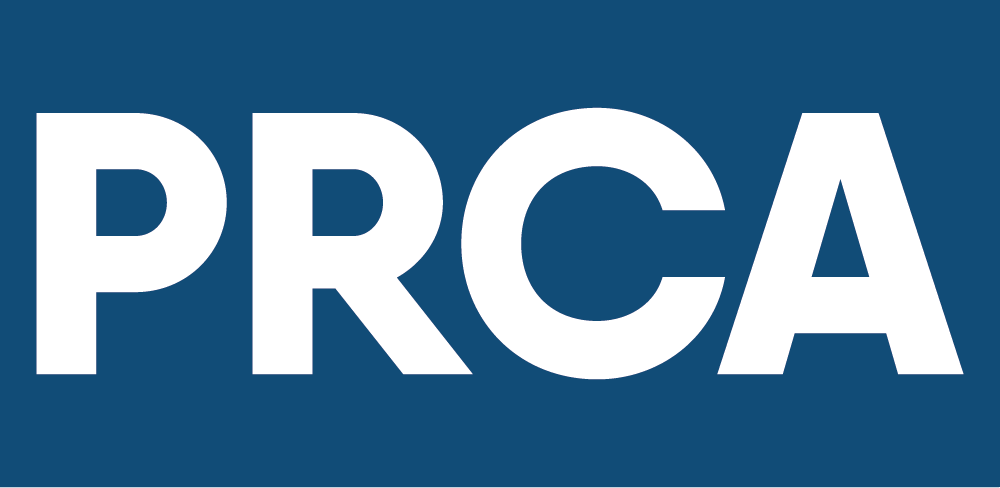Welcome to the PRCA website.
We’re adding new content and features regularly, including a new portal for members, and much more. Stay tuned!
Presidential PR tips: Do your stories pass the Trump Test?
In 1918, five weeks before the Armistice, Prime Minister David Lloyd George bought the Daily Chronicle newspaper, raising finances from allies of his Liberal party and by selling peerages. Amazing, right?
Politics and the media have long been intimate bedfellows, well before Donald Trump launched Truth Social or Elon Musk elbowed his way into Twitter en route to his present political rabble-rousing.
So when our agency Pepshop analysed the sort of stories that dominate the big news brands in Britain, we weren’t surprised that politics was still one of the top topics covered by all the major outlets. Of course it was.
What was a little surprising was just how much political content there was compared with other major topics: of the 4,000-plus stories we examined throughout January, almost 13 per cent featured politics. Showbusiness, for example, made up only 7.4 per cent of stories, despite the perception in some circles that showbusiness is a plague on mainstream media.
Part of this is, inevitably, down to Trump himself. We are all reading more about global politics because of Trump tramping over countless international issues.
But it’s not only about him and there are lessons for the world of PR to take from what’s happening in mainstream media.
When we looked at those January stories, we broke them down by type – crime, showbiz, science and so on – and sometimes a story would fit in more than one category. For example, a car crashing into a fallen tree during storms would be both an ‘accident’ story and a ‘climate/weather’ story.
Some mega-stories featured elements in several categories. The LA fires, for example, included climate stories, accident stories, political stories and showbiz stories, sometimes all in one take.
And mega-stories often featured Trump, to the point where we started to say that such stories passed the ‘Trump Test’.
Trump occupies a unique position, where politics and showbiz collide with outlandish statements about whatever topic is under the spotlight that day.
A Trump story is never just a politics story; at the very least it’s probably also entertainment, even if that’s in a bleak way.
The key thing about stories passing the Trump Test is that they generate a lot of traffic. Whether they start on social media or at a presidential press conference, they trigger an emotional reaction from readers – rage, adulation, disbelief … pick your own tribe.
And they have those multiple story elements – the politics/showbiz/topic mix that you’re not going to get from Britain’s current political cream, to take a rather obvious example.
Trump poses challenges to the PR world, a lot of them. On one level, he has already changed the way plenty of corporate PR teams are engaging with issue-based outreach. Controversy can be risky.
On another, his domination of the global news agenda has an inevitable trickle-down effect on other content which, at some point, gets squeezed out of mainstream coverage, thanks to that combination of finite media resources and an ever-more-voracious need to attract eyeballs to stories.
And Trump 2 has seen the social media giants – a major source of news to many people – roll back their fact checking and information hygiene. If you’re running socials for an organisation, the next few years could be interesting and not a little stressful.
What can we learn from all this as PRs? Well, not that politics is the answer to all our coverage wishes; there’s already plenty of that about and your client probably doesn’t want to get in an online spat with Team Prez.
Politics is only a part of what makes a story pass the Trump Test. There’s that emotional engagement that Trump’s often rambling monologues and random pronouncements trigger.
There’s the multiple story elements. There’s the inevitable must-read headline.
There’s the equally inevitable fact that the story will be interesting – you may find it interesting as a study of international diplomacy, or in the way that a dog finds sheep droppings interesting, but it won’t be dull.
This is what Trump’s opponents are up against and, in a way, it’s what we as PRs are up against too.
So ask yourself: does your story pass the Trump Test? Have you got three solid elements to the content? Is it boring and safe or controversial in some way? If you can’t afford a showbiz element, what other human interest is there?
Does it turn conventional wisdom on its head? Is it surprising? Will it provoke an emotional reaction?
In old-fashioned parlance, is the damned thing interesting? Yes, of course you know this is of critical importance, you’re not stupid – but, again, does it pass the Trump Test?
Communication isn’t just about what we say, it’s about how we say things too. And it’s about what our audience hears and registers.
So learn from the Trump Test and work those multiple story elements. Work them bigly, as someone once said.
*Kenny Campbell is co-founder of the Pepshop PR agency and a former Editor of Britain’s biggest daily newspaper, Metro.
